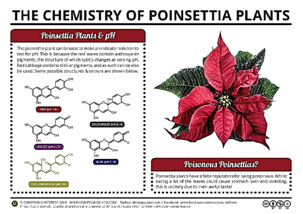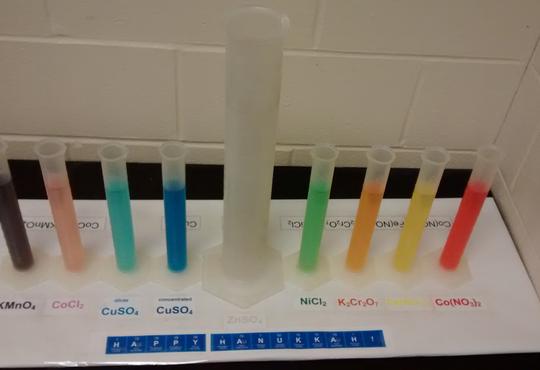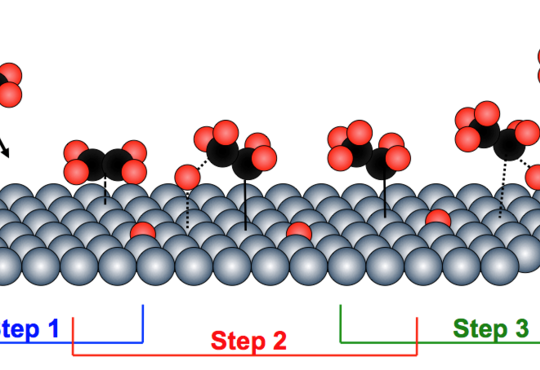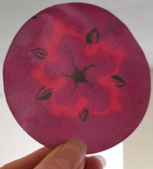 On the last day before winter break, our science classes always have a holiday activity. Last year we made a natural acid/base indicator from the red pigment in poinsettia leaves to decorate paper ornaments. This Christmas activity was modified from a Flinn Scientific ChemFax, “A Very Merry Indicator” listed as Publication No. 11062. If you decide to do this, this free-to-download activity publication has useful information.
On the last day before winter break, our science classes always have a holiday activity. Last year we made a natural acid/base indicator from the red pigment in poinsettia leaves to decorate paper ornaments. This Christmas activity was modified from a Flinn Scientific ChemFax, “A Very Merry Indicator” listed as Publication No. 11062. If you decide to do this, this free-to-download activity publication has useful information.
As a teacher I prepared the indicator by boiling distilled water with several very red poinsettia leaves before class. Then I put the red solution into large glass Petri dishes. Students cut out shapes (snowflakes) from regular paper and immersed them into the poinsettia solution until they were fully saturated. We set up fans around the room to help them dry.
Once dried, the snowflakes are a dark purple/pink colour, almost red. Students painted on various designs with acids and bases with toothpicks — solutions were NaOH, HCl, vinegar and baking soda. In the photos you can see some of the designs. The colours do fade over time and by the end of the season, depending on sunlight, they can be quite light. We tried coffee filters, but they were too flimsy to make intricate snowflake designs. Regular paper held up much better, especially when ribbons were added for hanging. Regular filter paper worked well if students were happy with a circle shape.
It was super easy to set up and cheap! Most students had time to make two. Making the design and drying the ornament took the longest time. Students thought it was cool that if you make a mistake in your design, you could "paint" everything one colour and then start again by switching the acid/bases.
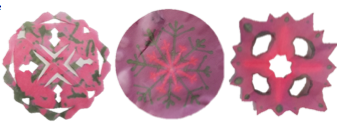
I did not give a formal printed procedure but simply gave verbal instructions. This was a great activity for grade 10 students since acid/base chemistry is part of their curriculum. It is also a good review for older students. The red colour is due to organic substances called anthocyanins. These anthocyanins behave as weak acids and change colour at different pH.
Compound Interest website has a wonderful infographic, which complements this activity and can be freely downloaded and printed for your class.
If you do not know of Compound Interest, you should! The website has lots of engaging chemical infographics freely available. The site is run single-handedly by Andy Brunning, a chemistry educator based in Cambridge, UK. Andy uses easy-to-understand, colourful graphics to explain chemical compounds and concepts.



